// Learn Kusto - Week 7
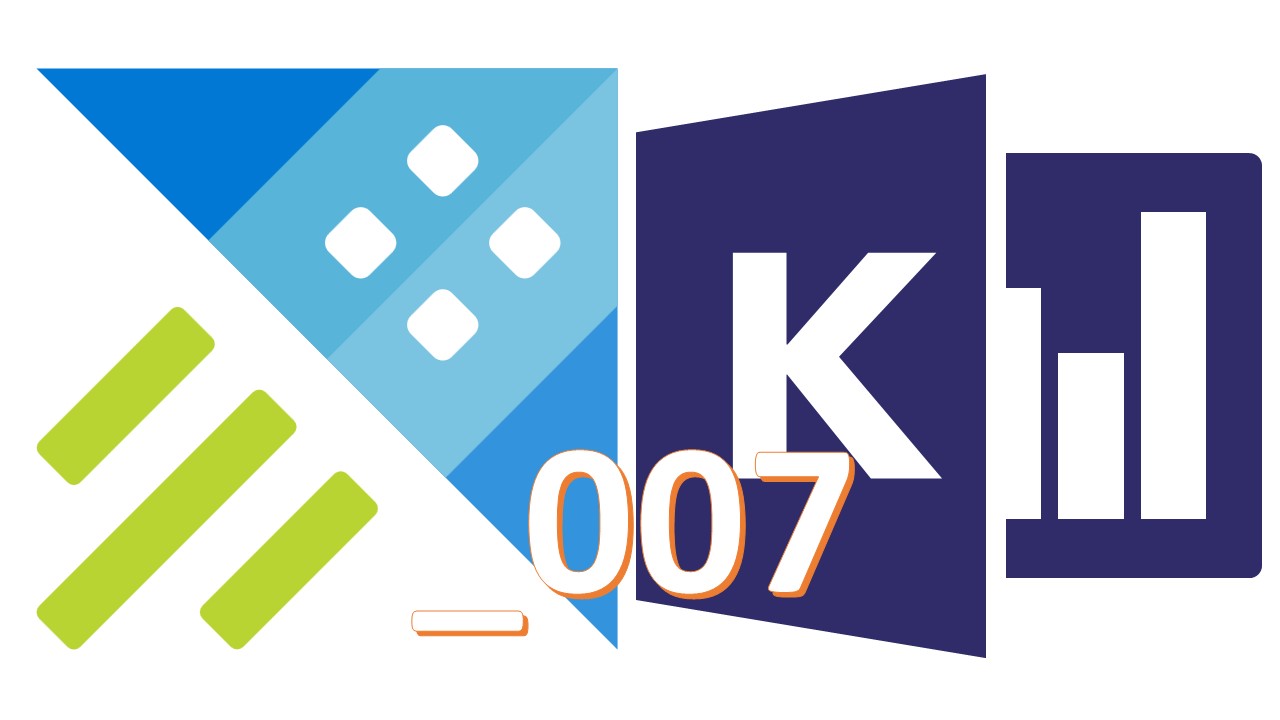 This week is going to be very technical. I’ve also learned something new by writing this post and I hop eyou will too.
The Azure Data Explorer team has released a set of new functionality to help with clustering on data using a Log Reduce approach.
The “old” approach Before the release described below - the ADX service had a good handfull of features to help with anomaly detection and clustering on semi structured data.
[...]
This week is going to be very technical. I’ve also learned something new by writing this post and I hop eyou will too.
The Azure Data Explorer team has released a set of new functionality to help with clustering on data using a Log Reduce approach.
The “old” approach Before the release described below - the ADX service had a good handfull of features to help with anomaly detection and clustering on semi structured data.
[...]
// Learn Kusto - Week 6
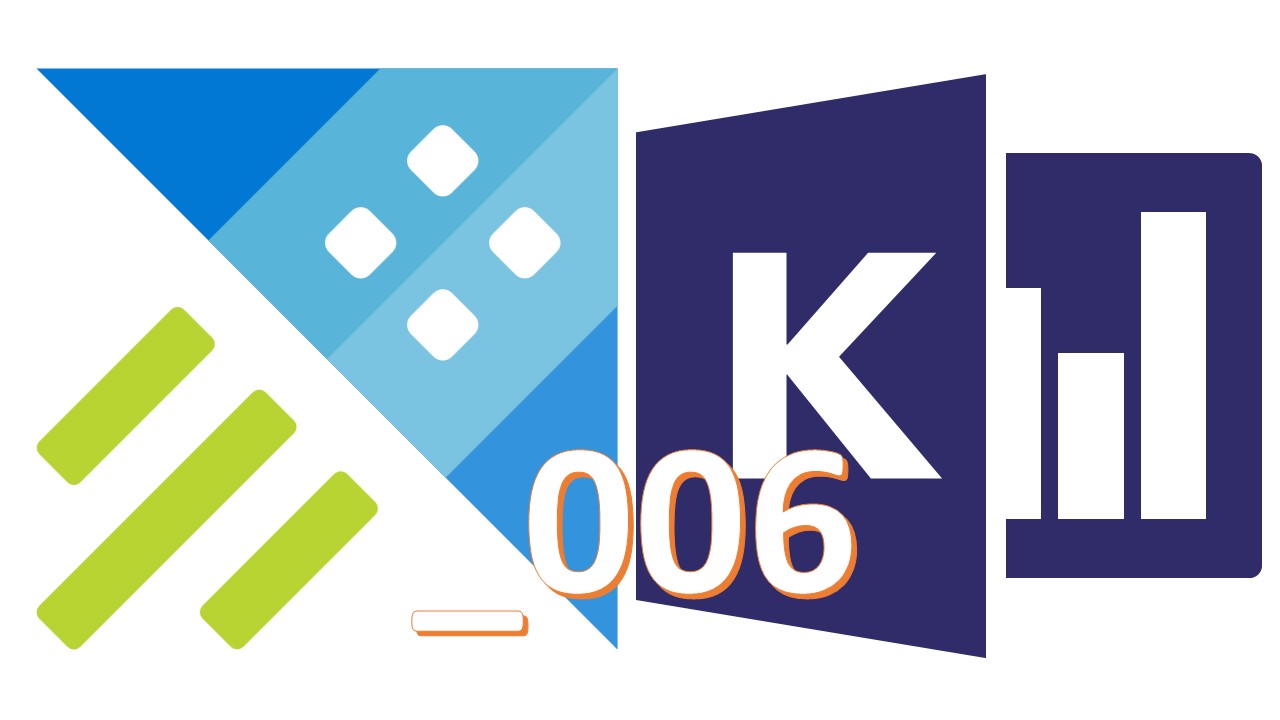 This week it is almost Easter and time for cozy and relaxing time with the family. Relaxing time is also a part of this post, as I will show you some of the different meta-data options you have in Kusto and what to do with them.
The main meta data part in Kusto In Kusto and the services Azure Data Explorer and Synapse Data Explorer, there is one main part of the meta data queries - the .
[...]
This week it is almost Easter and time for cozy and relaxing time with the family. Relaxing time is also a part of this post, as I will show you some of the different meta-data options you have in Kusto and what to do with them.
The main meta data part in Kusto In Kusto and the services Azure Data Explorer and Synapse Data Explorer, there is one main part of the meta data queries - the .
[...]
// Learn Kusto - Week 5
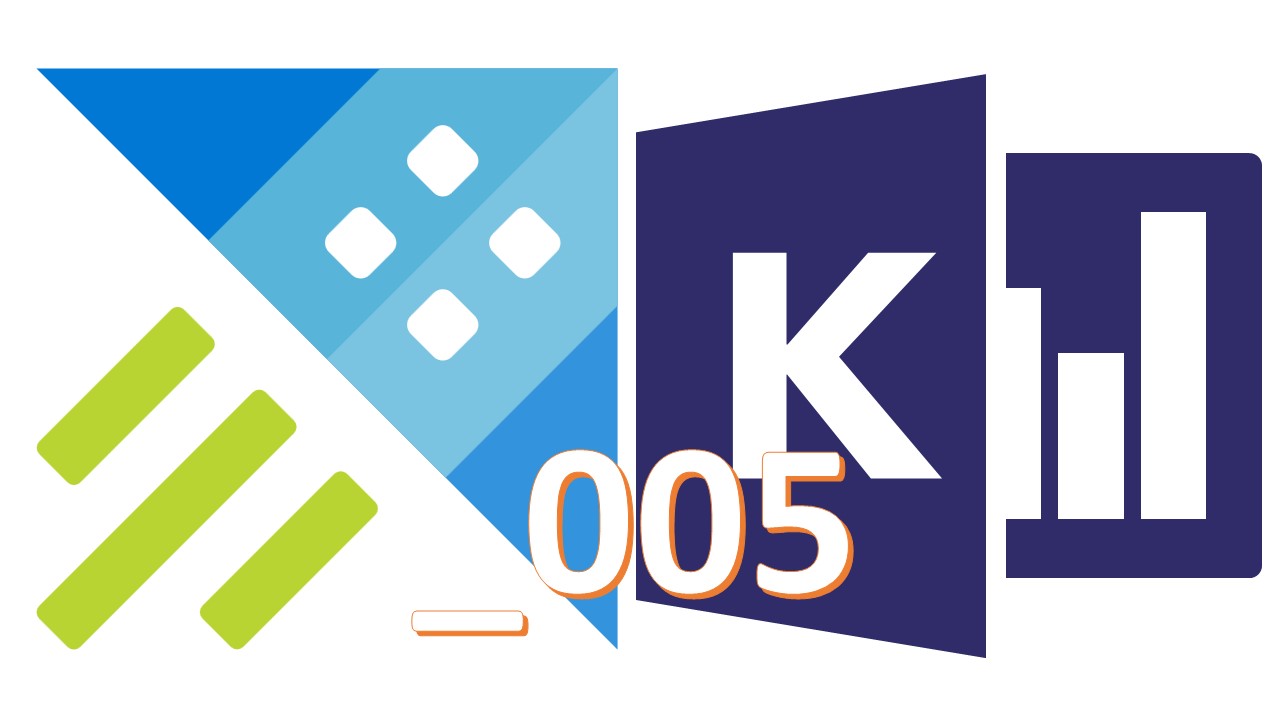 In todays post I’ll dive into the choice between the options when creating the clusters for Azure Data Explorer. The underlying architecture for the Kusto/ADX clusters is build on virtual machines (VM) with specific configrations.
Dev/test vs production When creating the clusters from the Azure portal, you are presented with 3 options when choosing the compute specification.
The compute specification is the method of setting up the clusters for the specific workload you are planning to put on the Kusto cluster.
[...]
In todays post I’ll dive into the choice between the options when creating the clusters for Azure Data Explorer. The underlying architecture for the Kusto/ADX clusters is build on virtual machines (VM) with specific configrations.
Dev/test vs production When creating the clusters from the Azure portal, you are presented with 3 options when choosing the compute specification.
The compute specification is the method of setting up the clusters for the specific workload you are planning to put on the Kusto cluster.
[...]
// Learn Kusto - Week 4
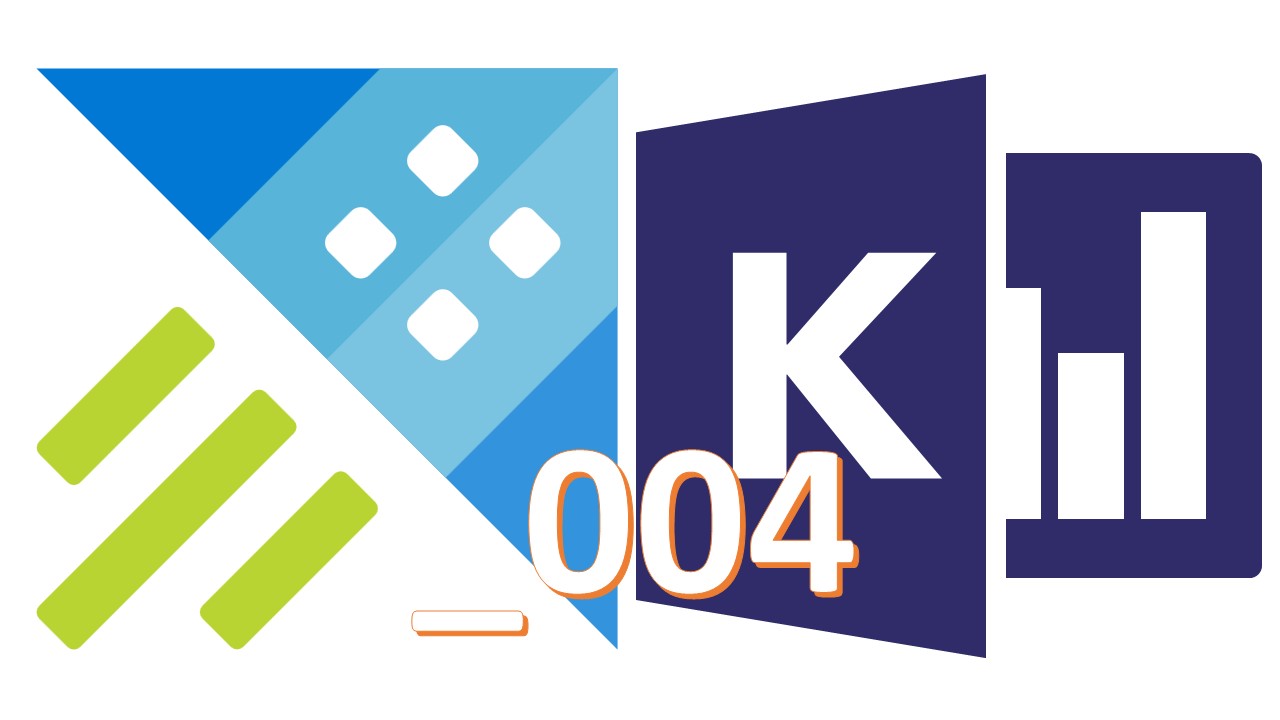 Kusto cannot stand alone When using Kusto and Azure Data Explorer the service cannot stand alone. It needs some data to give it value.
This blogpost tries to give some inout on the two IoT services som Azure that seamlessly integrates with the Azure Data Explorer (there is more, but to narrow it down 😄).
Azure IoT Hub vs Event Hub When working with Azure Data Explorer and loading data to the storage engine, you might have some streaming devices or services that should land in the engine.
[...]
Kusto cannot stand alone When using Kusto and Azure Data Explorer the service cannot stand alone. It needs some data to give it value.
This blogpost tries to give some inout on the two IoT services som Azure that seamlessly integrates with the Azure Data Explorer (there is more, but to narrow it down 😄).
Azure IoT Hub vs Event Hub When working with Azure Data Explorer and loading data to the storage engine, you might have some streaming devices or services that should land in the engine.
[...]
// Learn Kusto - Week 3
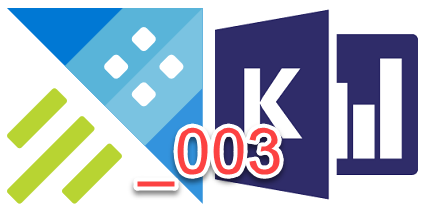 Hello - and welcme back to this series of posts around Kusto and learning the language. In this post I’ll guide you through the methods of doing joins and what to be aware of when designing your queries using joins. In Kusto the join method is a bit more complex than compared to T-SQL. But don’t worry - with this guide you’ll know how to use the features.
Join types As with other data query languages, we can do joins to join two or more tables together for a selection of data across those tables.
[...]
Hello - and welcme back to this series of posts around Kusto and learning the language. In this post I’ll guide you through the methods of doing joins and what to be aware of when designing your queries using joins. In Kusto the join method is a bit more complex than compared to T-SQL. But don’t worry - with this guide you’ll know how to use the features.
Join types As with other data query languages, we can do joins to join two or more tables together for a selection of data across those tables.
[...]
// Learn Kusto - Week 2
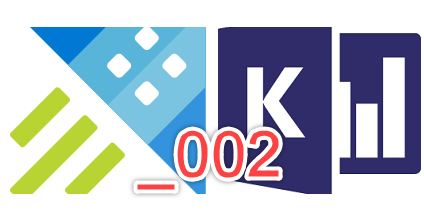 Last week I tried to lay the foundation to understand the engine that supports and drives the Kusto language and the Azure Data Explorer. We learned that the engine is using Shards as a primary storage method and how the engine handles the queries and executes them.
This week we’ll start at the beginning of the Kusto language and do some basic data discovery.
The setup and demo data For you to be able to follow along, you have to set up your own Kusto demo environment.
[...]
Last week I tried to lay the foundation to understand the engine that supports and drives the Kusto language and the Azure Data Explorer. We learned that the engine is using Shards as a primary storage method and how the engine handles the queries and executes them.
This week we’ll start at the beginning of the Kusto language and do some basic data discovery.
The setup and demo data For you to be able to follow along, you have to set up your own Kusto demo environment.
[...]
// Learn Kusto - Week 1
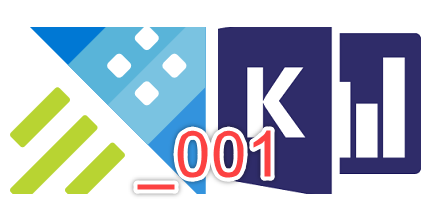 Hello, and welcome to the first issue of Learn Kusto. In this serie of blogpost I’ll guide you from zero to hero on using the Kusto query language and in the same time you’ll learn how to implement and use the methods to do live reporting on timeseries data.
In this first edition I’ll start with the engine and the setup from Microsofts implementation with Azure Data Explorer and the Kusto query engine.
[...]
Hello, and welcome to the first issue of Learn Kusto. In this serie of blogpost I’ll guide you from zero to hero on using the Kusto query language and in the same time you’ll learn how to implement and use the methods to do live reporting on timeseries data.
In this first edition I’ll start with the engine and the setup from Microsofts implementation with Azure Data Explorer and the Kusto query engine.
[...]